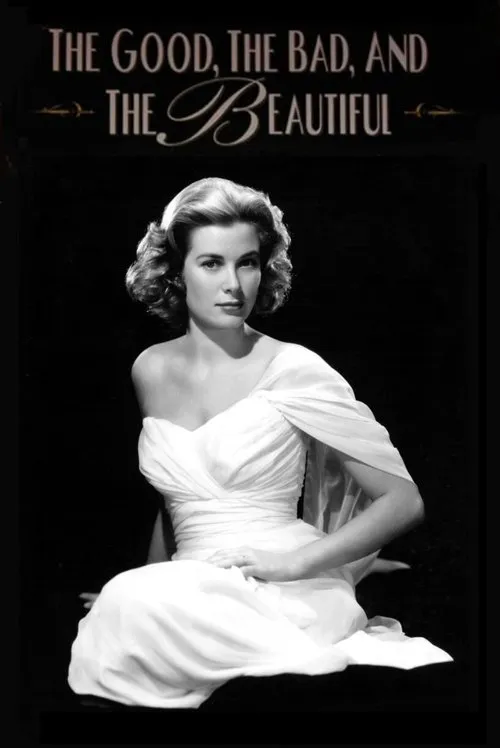The Good, The Bad, and the Beautiful

Plot
"The Good, the Bad, and the Beautiful" takes the viewer on a poignant and thought-provoking journey through the ages, delving into the complexities of women's experiences in the film industry. Hosted by some of the most iconic and accomplished female figures in entertainment, this documentary masterfully weaves together stories of triumph, hardship, and perseverance, offering a rich tapestry that captures the multifaceted nature of women's roles within the world of cinema. The documentary begins with an introduction by the luminary Jane Fonda, who sets the tone for the film's exploration of the struggles and achievements of women in the entertainment industry. Fonda serves as the lead host, accompanied by a rotating cast of guest hosts, each of whom brings their own unique perspective and expertise to the conversation. The film's narrative is divided into distinct sections, each of which explores a specific era or theme in the history of women's involvement in film. One of the earliest sections focuses on the pioneering women of the silent era, including screen legends such as Clara Bow, Greta Garbo, and Louise Brooks. These women, often relegated to the sidelines of film history, are given a long-overdue spotlight, their talents and accomplishments celebrated in vivid detail. As the documentary progresses, it shifts its focus to the women of Hollywood's Golden Age, the likes of Bette Davis, Joan Crawford, and Katharine Hepburn. These stars were known for their strength, charisma, and unapologetic determination, qualities that helped to shape their on-screen personas and secure their places in cinematic history. However, beneath the glamour and spectacle of old Hollywood, a more intricate and often darker reality existed. The section on the "Bad" – the women who struggled, suffered, and sometimes succumbed to the brutal pressures of the industry – is a particularly poignant one. Hosted by actresses such as Susan Sarandon and Meryl Streep, this segment delves into the world of the "dames of despair," women like Theda Bara, who were typecast into vampish roles and forced to fight for respect and recognition. One of the standout sections of the documentary is its exploration of the experiences of women of color in the film industry. Hosted by the talented and trailblazing actress and producer, Salma Hayek, this segment shines a light on the lives and achievements of pioneering women such as Hattie McDaniel, Dorothy Dandridge, and Lena Horne, who faced racism and sexism in equal measure as they battled to secure a place in a predominantly white and male-dominated industry. As the documentary journeys through the decades, it also touches on the world of independent filmmaking, where women have historically found a greater degree of creative freedom and control. Hosted by luminaries such as Barbara Kopple and Julie Dash, this section celebrates the innovative and groundbreaking work of women like Jane Campion and Sofia Coppola, who have helped to redefine the landscape of world cinema. The final section of the documentary brings together many of the guest hosts, as they reflect on what they have learned from the women who came before them. The conversation is a moving and deeply personal one, as these accomplished women share their own stories of struggle and triumph, of resilience and heartbreak. Throughout its runtime, "The Good, the Bad, and the Beautiful" is a powerful exploration of the complex and multifaceted nature of women's experiences in the film industry. The documentary is a testament to the enduring legacy of women in cinema, a reminder that their stories are not simply those of passive observers, but are instead vibrant and dynamic accounts of triumph, hardship, and perseverance.
Reviews


